shigella colitis in babies
Antibiotics can shorten the time you have fever and diarrhea by about 2 days. Salmonellosis and shigellosis are more likely to occur in children under 5 years of age and the elderly.

Pin By Great Wolf On Shigellosis Bacterial Infection Pediatrics Large Intestine
Economically underdeveloped countries are dominated by Shigella flexneri infection.

. Infants non-breast fed children children recovering from measles malnourished children and adults older than 50 years have a more severe illness and a greater risk of deathTransmission occurs via the. Shigellosis is a major public health problem in both developed and underdeveloped countries especially with increasing resistance to first- and second-line antimicrobial agents. Sonnei are responsible for endemic disease whereas epidemic outbreaks are due to S.
Shigellae may cause asymptomatic infection mild gastroenteritis or bacillary dysentery. Shigellosis is one of the most common acute intestinal infections in children which causes both sporadic cases and epidemic outbreaks. Epidemiology of shigellosis in children.
About 500000 people are annually infected with Shigella species in the United States with an average annual incidence of 482 cases per 100000 individuals. People with Shigella infection should drink plenty of fluids to prevent dehydration. Symptoms and signs of shigellosis include diarrhea fever stomach pains and tenesmus.
The colonies are circular convex colorless but moderately translucent with. Shigellosis occurs predominantly in developing countries due to overcrowding and poor sanitation. Tenesmus vomiting and high fever complicate the clinical course.
16 17 In young children intussusception or necrotizing enterocolitis is a common infection. Infection commonly spreads from young children to their family members and other people in their communities because these bacteria spread easily. Shigella Staphylococci causing staphylococcal food poisoning Yersinia Children can contract bacterial gastroenteritis by Touching or eating contaminated foods particularly raw or inadequately cooked meats poultry or eggs Eating contaminated shellfish Drinking unpasteurized milk or juice Touching animals that carry certain bacteria.
Shigella infection has always been a global burden and it particularly threatens children between the ages of 1 and 5 years. People with bloody diarrhea should not use anti-diarrheal medication such as loperamide Imodium or diphenoxylate with atropine Lomotil. Ekiri syndrome an extremely rare fatal encephalopathy has also been described in Japanese children with S sonnei or S flexneri infections.
Approximately 10 of children who are infected with C difficile will develop pseudomembranous colitis. Convulsions have been reported in up to 25 of Shigella infections involving children under the age of 4 years. Typically 10 to 20 percent of enteric disease and 50 of the bloody diarrhea or dysentery of young children can be characterized as shigellosis and the prevalence of these infections decreases significantly after five years of life.
Shigella infections can cause metabolic disturbances in the body disturbances of the bodys chemical processes. Shigella infection is a disease essentially of children less than 5 years of age. Mild self-limited watery diarrhea 50 fulminant dysentery rapid onset of watery stools that becomes bloody after 1-2 days often accompanied by fever abdominal pain tenesmus headache anorexia increased severity in infants.
Incubation period usually 72 hrs variable severity of illness. Common bacteria causing bacterial colitis include Shigella Yersinia enterocolitica and Mycobacterium tuberculosis. Shigella has recently been identified as the leading pathogen causing childhood diarrhoea worldwide and has been estimated to be responsible for 11 million deaths per year 61 of which are children.
Young children small social groups individuals with weakened immune systems and men who have sex with other men are at increased risk for shigellosis. The share of children among all those with shigellosis is 60-70 mostly children aged 2-7 years especially those who attend preschool and school. Of the estimated 165 million shigella diarrhoeal episodes every year 99 of cases occur in low- and middle-income countries LMIC mainly 69 in children.
Many outbreaks occur in childcare settings and schools. Young children are the most likely to get a Shigella infection but people of all ages can be affected. The most effective method to treat Shigella is antibiotics but with the abuse of antibiotics and the prevalence of multidrug resistance we.
Salmonella infection affects the small and large intestine enterocolitis where as Shigella infection affects the colon colitis. Shigellosis is endemic in developing countries were sanitation is poor. Infectious colitis Colitis colcolon itisinflammation is basically the colon infection.
Children of the first year of life suffer from. Common causes of viral colitis include Norovirus Rotavirus Adenovirus and. Causes of this medical condition include.
While most reported cases have previously been described in children under the age of 10 Shigellosis has now been recognized as a sexually transmitted disease among men who have sex with men with direct oral-anal. Symptoms often begin within 1 week of the administration of an antibiotic. Bacillary dysentery begins suddenly with fever and abdominal pain and diarrhea begins shortly thereafter.
As stated above shigellosis can lead to hemolytic uremic syndrome which can lead to hemolytic anemia a low red blood cell count thrombocytopenia a low platelet count and acute kidney failure renal failure. Shigella flexneri and to a lesser extent S. These medications may make symptoms worse.
Moreover Shigella can cause invasive infections such as meningitis and osteomyelitis. Sudden onset of severe diarrhea and crampy abdominal pain. After 24 hours incubation Shigella colonies reach a diameter of about 2 mm.
Both high fever and a family history of seizures are risk factors for a convulsive episode. 18 Currently the most reliable treatment for these bacteria is antibiotics. Shigellosis is a diarrheal infection caused by Shigella speciesgram-negative non-spore forming facultative anaerobes that infect the intestinal liningand spread by fecal-oral transmission.
Shigellosis is very common especially in the developing world Infection usually occurs from ingestion of bacteria and is associated with poor sanitation In the developed world disease most commonly occurs in children especially in day care centers migrant workers travelers and residents of nursing homes and other institutions. Shigellosis patients are contagious until the person no longer sheds Shigella bacteria in feces.

Bidens Pilosa Herbal Tincture Extract Multiple Sizes Herbalism Herbal Tinctures Tinctures

Shigella Gastroenteritis Infant Toddler

References In The Patient Presenting With Acute Dysentery A Systematic Review Journal Of Infection
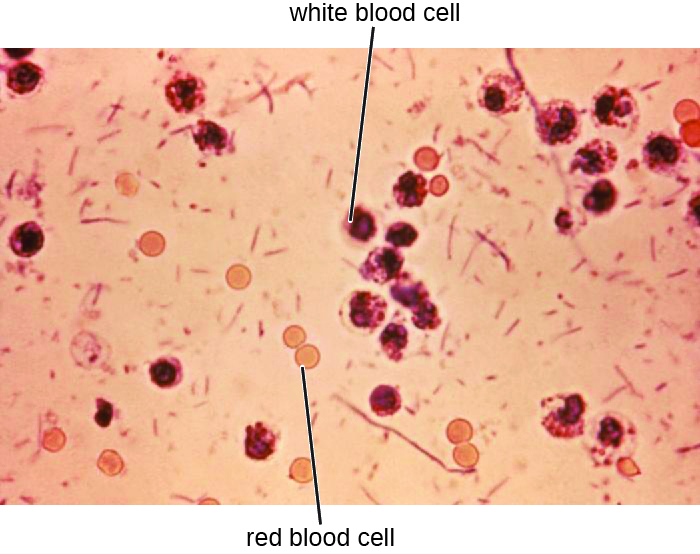
24 3 Bacterial Infections Of The Gastrointestinal Tract Biology Libretexts
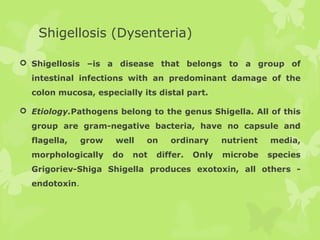
Acute Intestinal Infections In Children

Pdf Hematochezia Caused By Eosinophilic Proctocolitis In A Newborn Before Oral Feeding A Case Report
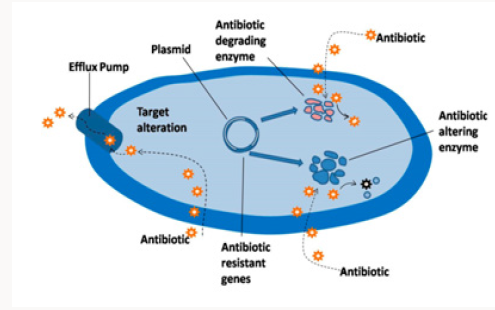
Shigellosis Its Prevention And Management Issues

Bacillary Dysentery An Overview Sciencedirect Topics

Incubation Period In Acute Infective Diarrheas 10 Download Table

Therapeutic Monoclonal Antibodies And Their Engineered Antibody Fragments Specific To Em Em Lipl32 Em Em For Passiv Immunotherapy Therapeutic Light Chain
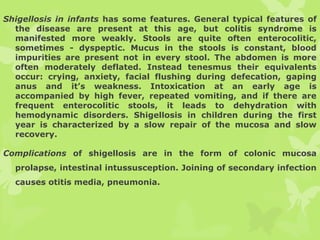
Acute Intestinal Infections In Children

Shigella Bacteria Prevention Prevention Proper Hygiene Bacteria

Pin On Journal Of Emerging Diseases And Virology
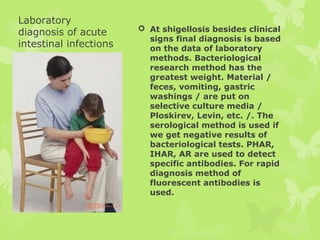
Acute Intestinal Infections In Children
